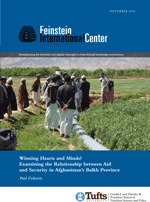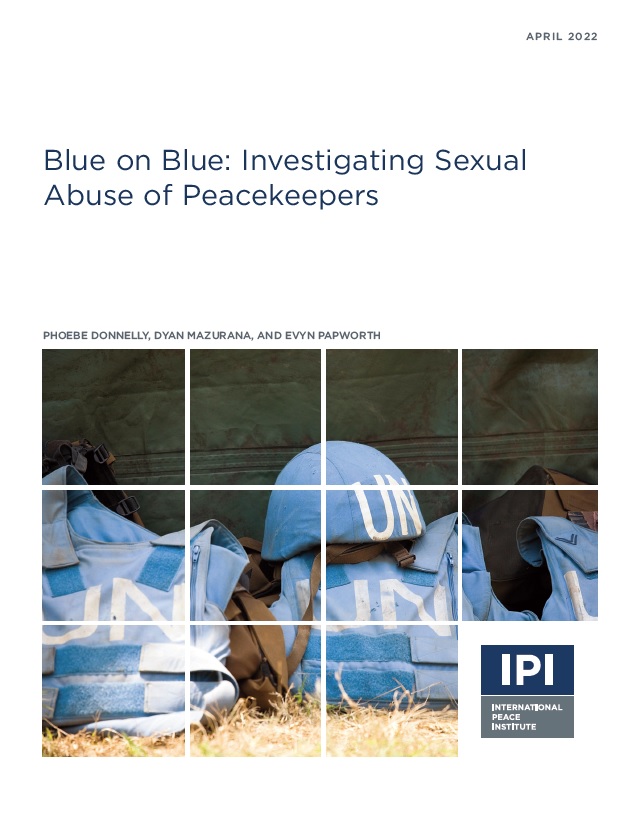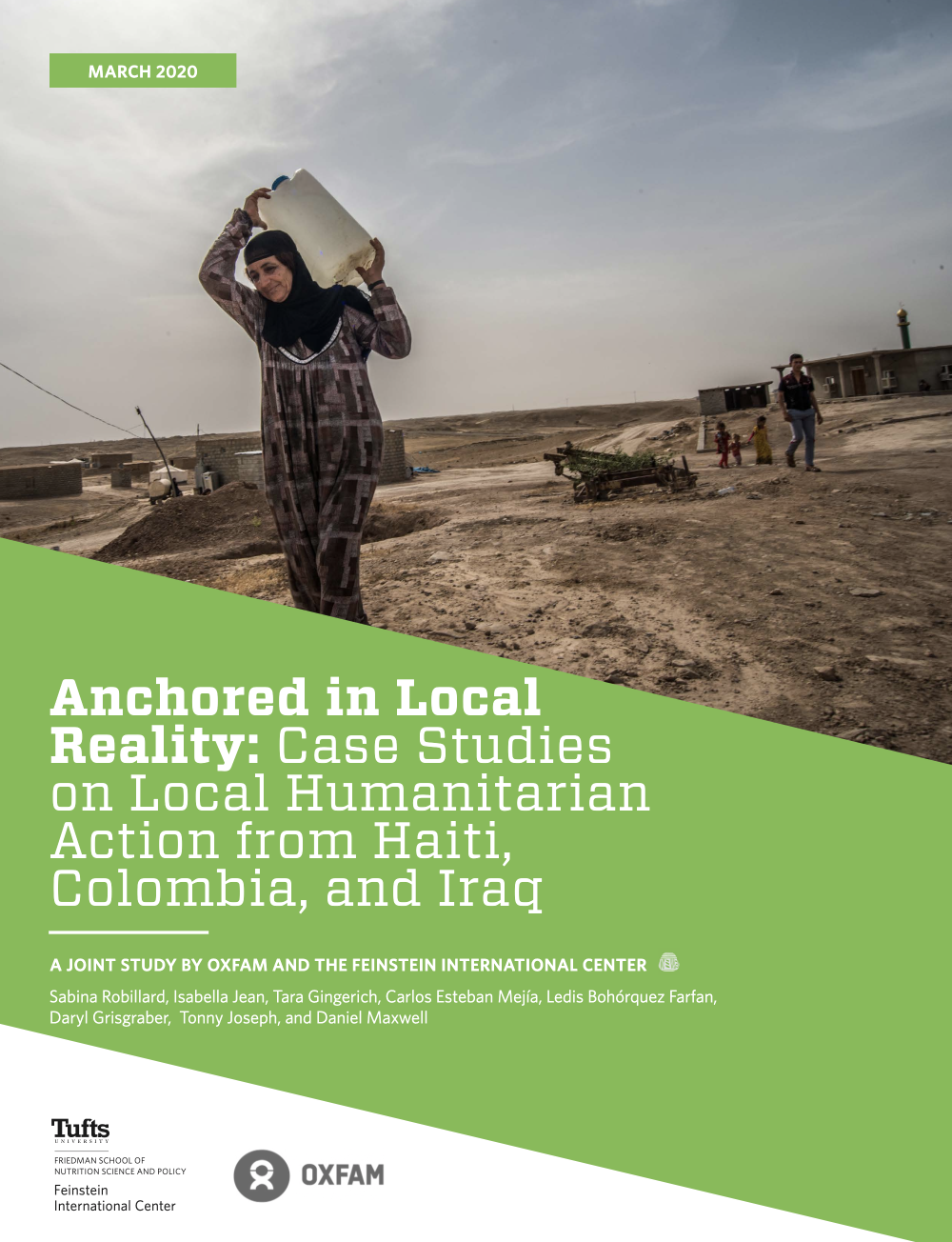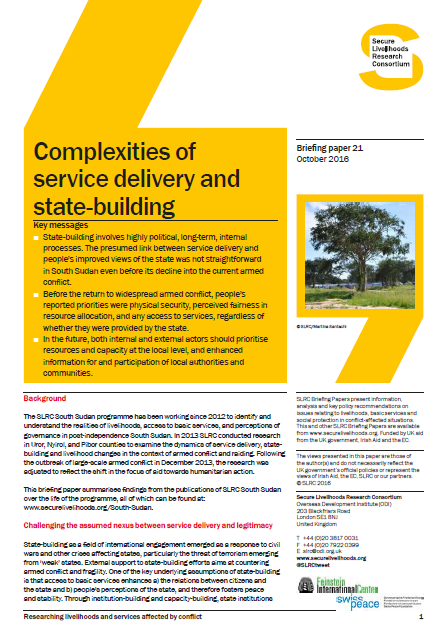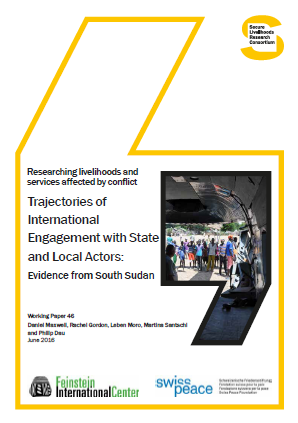Afghanistan has been a testing ground for a key aspect of counterinsurgency doctrine, namely that humanitarian and development projects can help to bring or maintain security in strategically important environments, and by “winning hearts and minds” undermine support for radical, insurgent, or terrorist groups. The assumption that aid projects improve security has lead to a sharp increase in overall development funding, an increased percentage of activities programmed based on strategic security considerations, and a shift of development activities to the military. Given what is at stake, it is essential that policy makers understand whether and how aid projects can actually contribute to security.
This new case study by Paul Fishstein examines the drivers of insecurity, characteristics of aid projects and aid implementers, and effects of aid projects on the popularity of aid actors and on security in an area of Afghanistan which has been among the most peaceful, but which over the last year has seen increasing insecurity. The research confirmed the widespread expressed dissatisfaction with post-2001 development activities, sometimes in contradiction of on-the-ground realities. Respondents ascribed insecurity largely to unemployment and poverty, ethnic factors, and poor governance. Unlike in other study areas, the international military were not described as a major source of instability, most likely due to the lack of conflict to date between the military and communities. While military personnel expressed the belief that development projects could help achieve the limited objective of force protection, most Afghan and international respondents expressed skepticism about the ability of aid projects to reduce insecurity in the long-term.
The findings have implications not just for relatively secure areas, but also more generally for the effectiveness of aid projects as a stabilization tool. This provincial case study is the second of five anticipated case studies, and is part of a larger comparative study in Afghanistan, Pakistan, and the Horn of Africa of the effectiveness of development assistance in promoting stabilization objectives.

